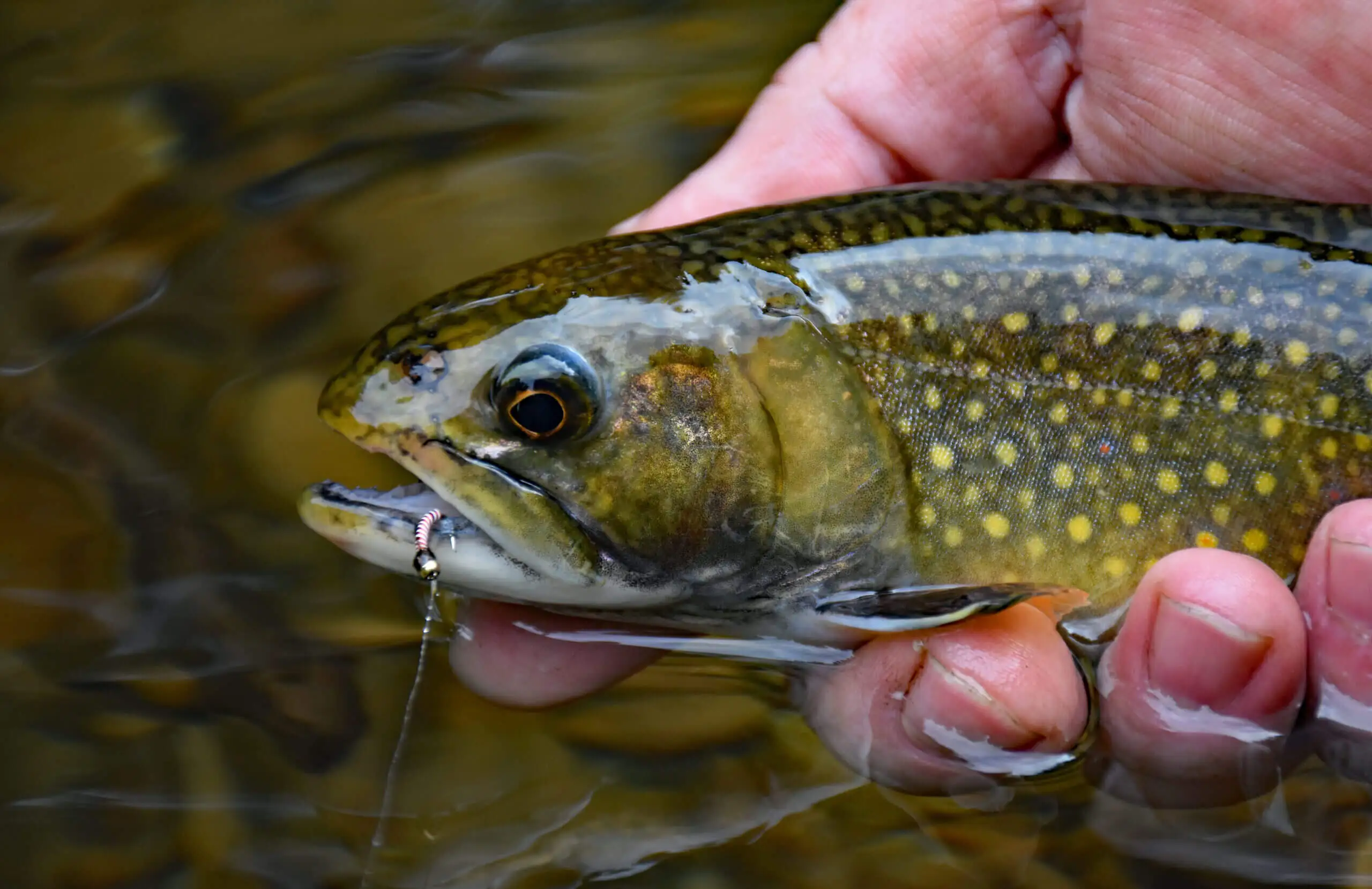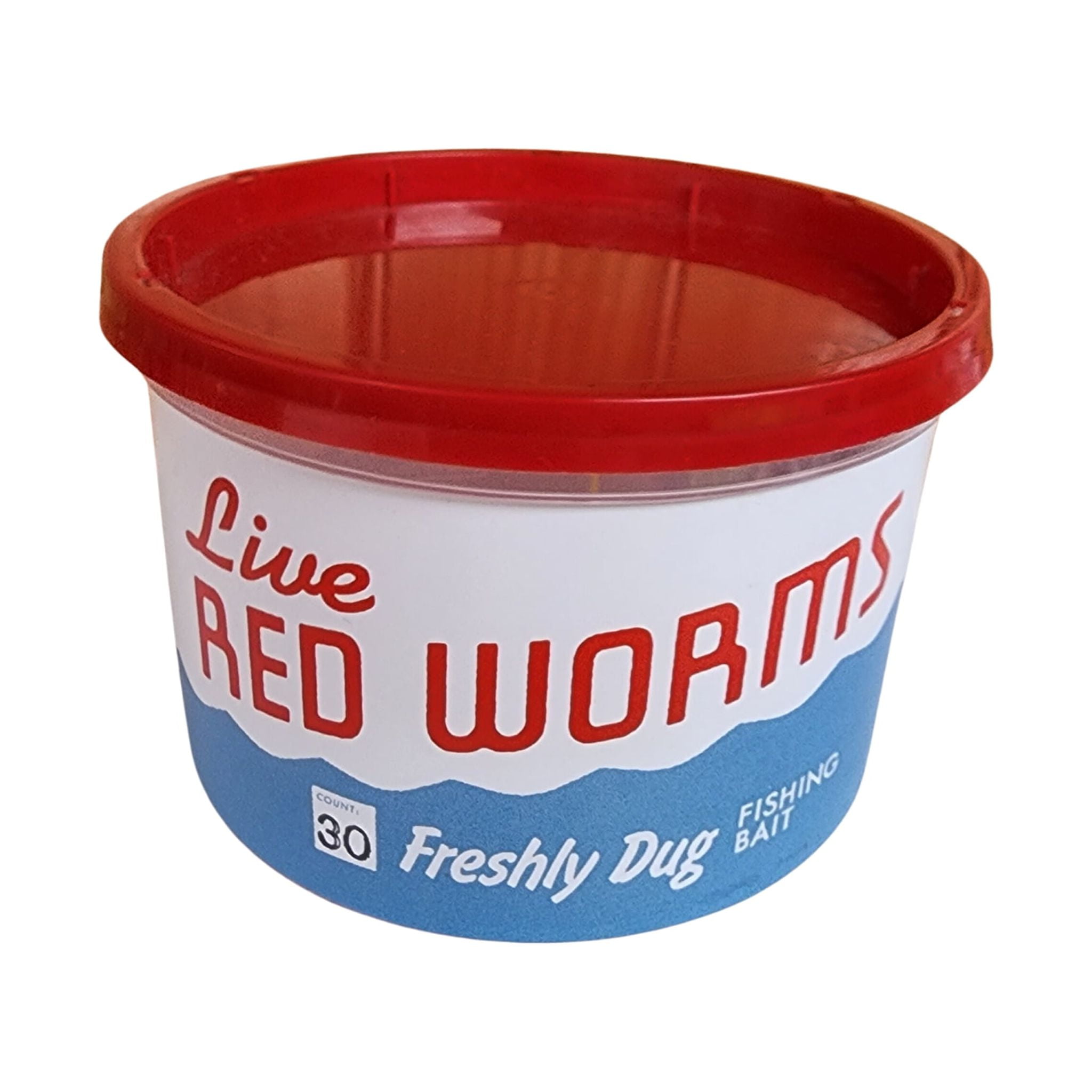The Greatest Guide To Where To Find Red Wigglers
The Greatest Guide To Where To Find Red Wigglers
Blog Article
More About Where To Find Red Wigglers
Table of ContentsHow Where To Find Red Wigglers can Save You Time, Stress, and Money.How Where To Find Red Wigglers can Save You Time, Stress, and Money.Excitement About Where To Find Red WigglersThe Best Guide To Where To Find Red WigglersThe Where To Find Red Wigglers IdeasNot known Factual Statements About Where To Find Red Wigglers Not known Incorrect Statements About Where To Find Red Wigglers
If you have a hard time finding them, try utilizing a shovel to dig right into the ground and damage the damp dirt with your hands to discover them (Where To Find Red Wigglers). Saturate your garden or grass with water and look for your worms once it gets dark.Lift it utilizing take advantage of and search for your worms inside the hole. Do not forget to look under rocks, blocks, timber, and various other objects you may find on the ground, as that's where worms often live.
Once you catch a number of worms, you will certainly want to dip your fingers right into sawdust to dry them and improve your following hold. Note that you should not get rid of also lots of worms from one area as this can adversely influence that atmosphere. Put your worms into their container and store them in the fridge.
You can also make use of a pitchfork to lure worms in the air. Also recognized as a worm groaning stick, this conventional technique involves sticking the pitchfork right into the ground and after that massaging it with an item of metal or wood. The vibrations that are created mimic the sound of a mole, which triggers the worms to surface area.
The Only Guide for Where To Find Red Wigglers
For long-term worm storage, we suggest developing a specialized worm ranch. Ideally, you discovered numerous methods to catch your worms the next time you require them after closing hours or when you're feeling as well careless to get in the auto and drive numerous miles to the closest worm dealer!
This guide will introduce you to the red wiggler to consist of a much deeper on dive on the varieties and details on reproduction, life process, and recreation. We'll chat concerning how to keep red wigglers and why they need to be the best worm for many composters. The red wiggler (binomial name: eisenia fetida) is the world's most typical composting worm.
A research study suggests that both can produce hybrid children, a phenomenon which must otherwise be taken into consideration difficult between many worm varieties. Enjoyable reality: The "fetid" component of the binomial name refers to what some claim is a reeky secretion the red wiggler uses to repel killers. I have actually been dealing with them for years and never ever discovered this! The composition of a red wiggler looks like that of other common earthworms; a long-segmented body starts at the pointed head and terminates at a slightly-flatted tail.
The gastrointestinal system is straightforward, starting at the mouth where the worm starts to eat its food before passing it on the vocal cords. The throat is a muscular section which imitates a pump to draw food right into the mouth prior to pumping it out into the esophagus. The esophagus is narrow and thin-walled and acts as the "waiting area" for the gizzard.
Where To Find Red Wigglers Fundamentals Explained
Note: This demand for grinding is why grit is advised in a worm bin. The worm features no native grinding capacity so the worm depends on ingested grit to aid grind its food in the gizzard. The belly is where the very first chemical malfunction of food occurs with the aid of a protein-busting enzyme.
The intestinal tract forms the lengthiest part of the worm and is where the bulk of food digestion takes area by means of enymatic procedures. The castings at some point pass with the anus at the end of the worm as capsules coated with a biologically-rich mucus.
Within 42 days, these infant worms will certainly get to sexual maturity as confirmed by the emergence of the clitellum. A mature red wiggler can be anticipated to live between one to 3 years (Where To Find Red Wigglers). The magnificent red wiggler might in some cases be used as a bait worm for smaller sized fish or as a protein resource for poultries and reptiles
And as pointed out above, they are one of the most common composting worm in the world. Yet why? Well there's most likely not simply one reason. Instead, a mix of price, strength, and comfort in a wide variety of temperature levels makes it one of the most suitable composting worm for a lot of new vermicomposters. Red wigglers and their cocoons can endure in a wide variety of conditions.
The Buzz on Where To Find Red Wigglers
This is a typical practice amongst worm carriers who don't wish to run the risk of having the worms being in a warm or chilly storehouse over the weekend. Worm growers are not saving worms in a situation where they prepare to ship. The worms must be blog here harvested from their habitat first, so growers will frequently set a Friday or Saturday due date in order to harvest in time for a Monday shipment.
To save on shipping cost, you might wish to see if there are any close-by "Mother and Pop" stores via a Google search. If you do not discover what you're seeking, after that I welcome you to check out worms via the Urban Worm Business! The amount of red wigglers you get need to be entirely dependent upon the surface area you have offered for vermicomposting.

The Buzz on Where To Find Red Wigglers
For finest outcomes, you want to shoot for concerning 60-70% wetness degree. At the excellent wetness degrees which is just under 70% that handful need to barely yield one decrease of fluid.
The European Nightcrawler, the larger relative of the red wiggler, is equally as starved and also makes for a great bait worm. But it likes a little a cooler atmosphere than the red wiggler. The African Nightcrawler is a huge composting worm and makes a gorgeous, granular actors.
The Indian Blue is starved, however additionally prefers a warmer environment and it likewise exhibits a tendency to escape the container. The red wiggler is a hardy worm and isn't as particular concerning its climate. I such as to call it the Ford Taurus of vermicomposting worms; you won't boast to your hardcore composting friends that you possess them, however they will certainly offer you well.
Not known Facts About Where To Find Red Wigglers
As Faucet demonstrated, an angler can do a great deal to make a worm much more appealing.

Morning is prime feeding time, and the lightweight lure's slow descent leaves 5 inches of squirming protein completely sight for a long time. After browse around this site you've made the actors, maintain the bail open and put the rod in a forked stick. The line will certainly diminish the pole in sluggish loopholes as the worm resolves, however usually the slow-moving loopholes will become a blur, and the early morning will unexpectedly obtain rather fascinating.
You can fish deep and cover a whole lot of territory, and the crawler appears to be the excellent touch for this transitional time, when the smallmouths have yet to secure on to a favored forage. Dark jigsblack, brown, and purpleseem to match the nightcrawler's color. I typically use a whole 'crawler, like marabou dressing, and go down the rod for two or three secs when I obtain a hit.
The Main Principles Of Where To Find Red Wigglers
If it's there, established the my link hook with a move rather than a jerk. When in a while you'll locate yourself hooked to those sluggish, passionate pulls, and really feel the weight of a good walleye.
Report this page